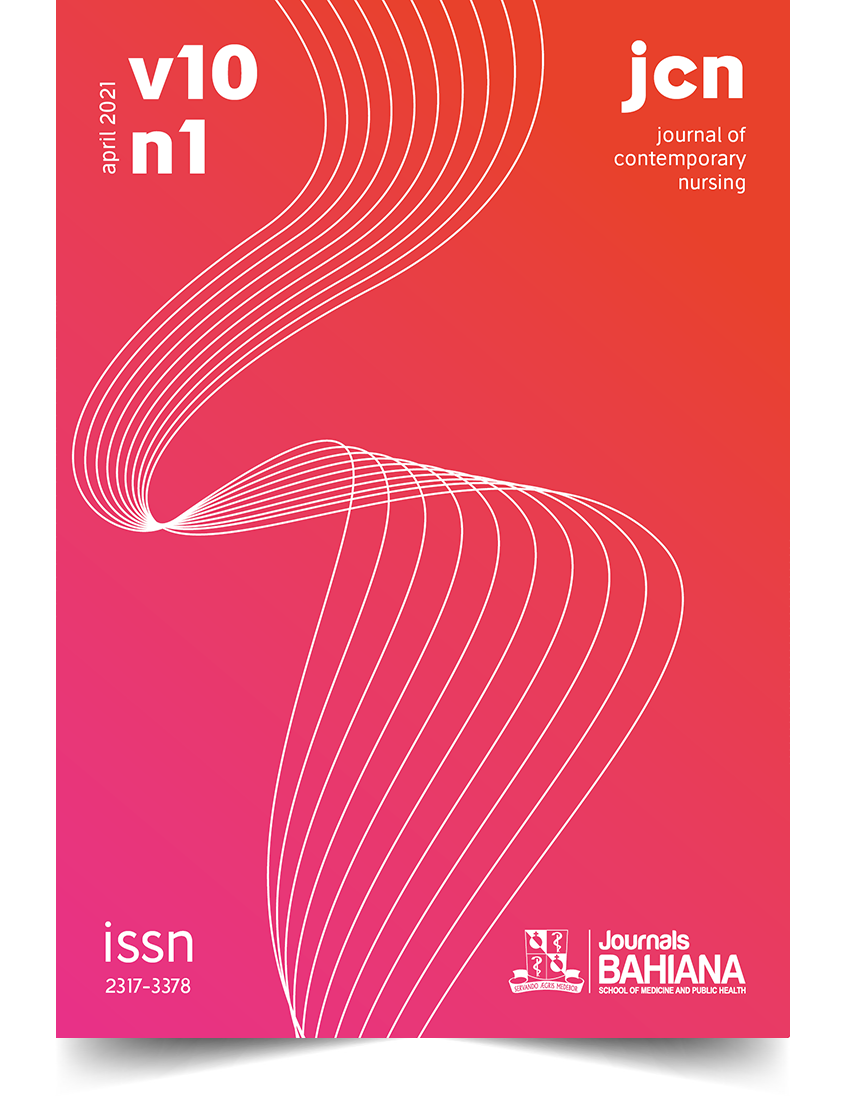Epidemiological aspects and distribution of cases of schistosomosis in the Northeast Brazil from 2010 to 2017
DOI:
https://doi.org/10.17267/2317-3378rec.v10i1.3642Keywords:
Schistosomiasis. Schistosoma mansoni. Schistosomiasis mansoni. Epidemiology.Abstract
OBJECTIVE: To analyze epidemiological aspects of schistosomiasis cases in the Northeastern region of Brazil notified in the National Diseases and Notification System (SINAN) from 2010 to 2017. METHODOLOGY: This is an observational descriptive epidemiological study. The collection of secondary data was carried out through SINAN and submitted to descriptive statistical analysis, through absolute frequency and relative frequency, presented in the form of graphs and tables using Excel 2016. RESULTS: There were 10,431 notifications, the years that stood out were 2010 followed by 2014 and 2015. The states in the Northeast with a high prevalence of cases were Bahia with 5.183 cases, Pernambuco with 2.330, Paraíba with 857 and Sergipe with 769. The analysis of the biological profile of those infected, with regard to gender, showed that the highest proportion of infected people is male (54%) and the age groups with the highest infection rates were 20 to 39 years old with 34.68% and 40 to 59 years old with 28.89%. CONCLUSION: Schistosomiasis is a major public health problem, therefore, it is essential to promote and disseminate endemic regions in order to build interventions to control the disease, emphasizing care and actively seeking out the population.



